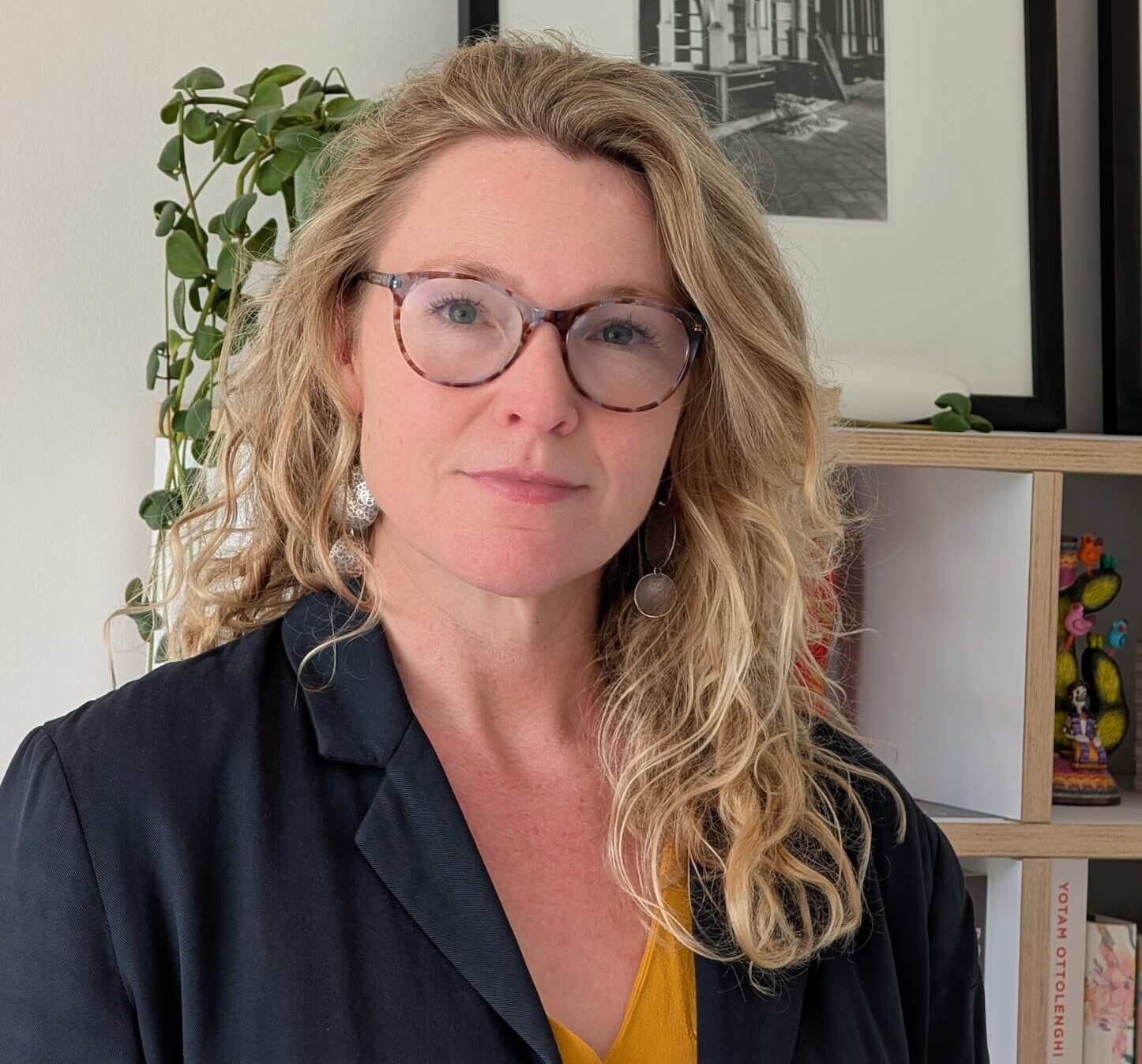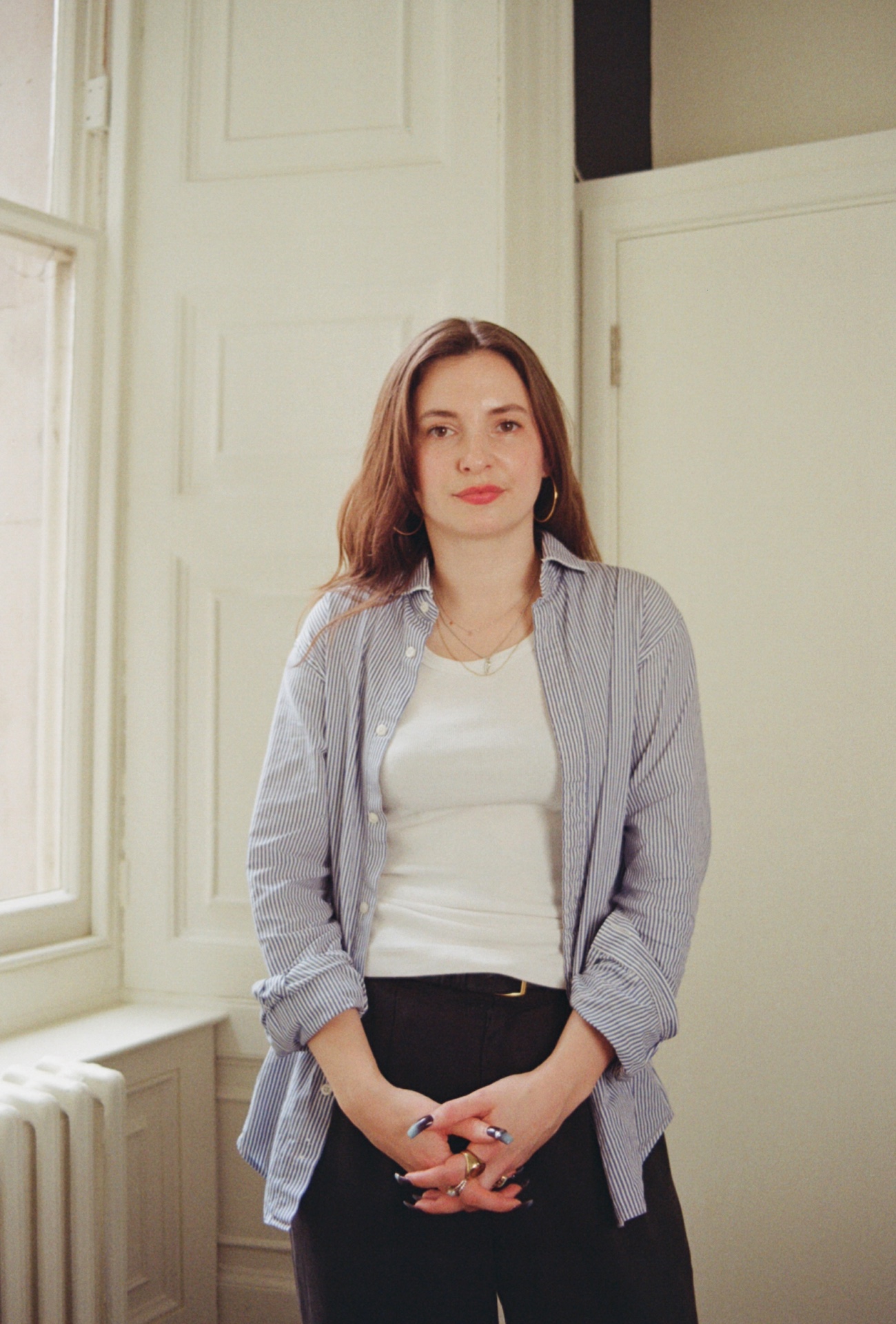

Interview The Serpentine’s CEO, Bettina Korek
Here she shares how the gallery has continued to champion contemporary art online and what she’s looking forward to when we’re finally free of Covid-19 restrictions.
THE WICK: Who is your ultimate Monday Muse?
Bettina Korek: I would say the artist Luchita Hurtado, who passed away this August at the age of 99. Her maxim was “say yes… don’t say no to life, ever”, and she truly lived this. It radiated from her. She made paintings, drawings, even her own clothes, for more than 80 years and received little attention from the world about her work until she was in her 90s. It was never about the attention for her – she was driven by the interconnectedness of all living things, and she spoke about this so eloquently when she would discuss her life and work. She once said, “I feel very much that a tree is a relative, a cousin. Everything in this world, I find, I’m related to.” It was her ability to constantly remind us about the connections between the body and its larger context: nature, the planet, the universe.
TW: How have you continued the Serpentine cultural dialogue and how do you see it developing in a world that’s a hybrid of the physical and virtual?
BK: Throughout 2020, by necessity of course, we moved all our programming online. We cannot wait to reopen our doors. However, we will surely not abandon the momentum of what has been taking place on Zoom and other digital platforms. Technology has long been a focal point of Serpentine programmes and its research and development initiatives. An upshot of cultural institutions being forced online during the pandemic is that there is an even greater wealth of material online to peruse, study and enjoy. The Serpentine Marathons, begun in 2006 by Hans Ulrich Obrist and Julia Peyton-Jones, are a great example of this. The online archive of past Serpentine Marathons is an incredible resource, and I think the wildly interdisciplinary mix of practitioners from different fields who have taken part in the Marathons says a lot about our approach to cultural dialogue.
TW: How would you like to see the art world facilitate more conversations around diversity and inclusion?
BK: We must make a commitment to listening for the long term, on every level – individual, institutional and across the whole landscape. Museums and galleries have responded to the global reckoning for racial justice, and there is more to be done both via programming, internal cultural and hiring policies to ultimately achieve an anti-racist and intentionally inclusive environment, but we all need to commit to that work. I highly recommend Yesomi Umolu’s essay about what museums need to understand in order to begin dismantling structural injustice.
TW: Do you think Covid-19 has changed the role of curators?
BK: Museums around the world are experimenting with new approaches to everything we do, and this certainly includes curating. Serpentine’s goal now is to become more inclusive of a wider spectrum of audiences, and while doing so, to concern ourselves with the quality of audience experiences as much as with the quantity of visits. Art can be an incredible tool for bringing people together, which is so important these days. Covid is pushing everything – all culture, all business, all support structures – towards more community-oriented strategies, and this includes curating. This carries the promise of making art and museums a bigger part of people’s daily lives.
“Covid is pushing everything – all culture, all business, all support structures – towards more community-oriented strategies, and this includes curating.”
TW: Which project or moment are you most excited about in the year ahead?
BK: I am so looking forward to May when – Covid restrictions pending – we plan to reopen the museum with our Jennifer Packer and James Barnor exhibitions. I’m also incredibly excited for June, when we will celebrate the 20th anniversary of the Serpentine Pavilion with a new structure designed by the South African collective Counterspace.
TW: What has helped you balance your work and home life during lockdown?
BK: Hyde Park. Spending time in the parks of London has been an incredible blessing during such a challenging year.
TW: What’s the book you would pass on as a gift?
BK: Maryse Condé’s novel Segu, which is set in the titular kingdom (located in present-day Mali) in 1797 and based on actual events concerning the family of a royal advisor living amid religious upheaval and the ravages of the transatlantic slave trade. I learned about this book via @cultureartsociety, the Instagram account of Awa Konaté, who is co-curating the James Barnor exhibition at Serpentine. Her feed is an amazing resource about Africa and its diaspora. Maya Angelou said the best words about the book: “Rich and colourful and glorious. It sprawls over continents and centuries to find its way into the reader’s heart.”









